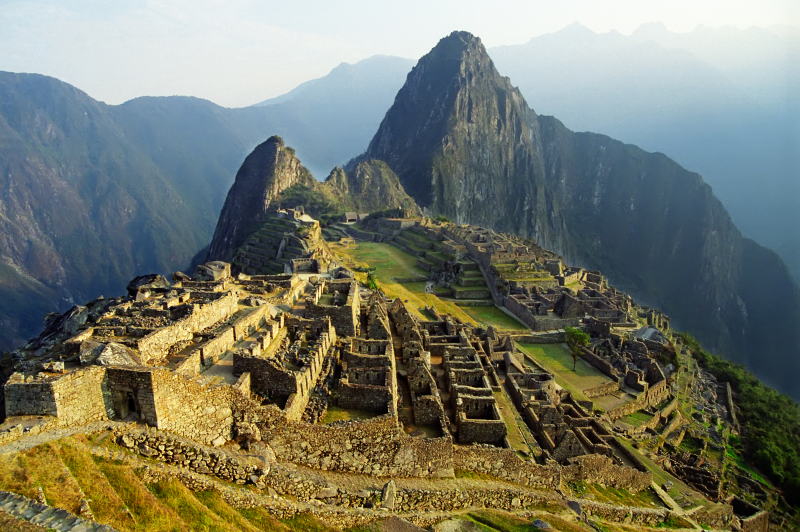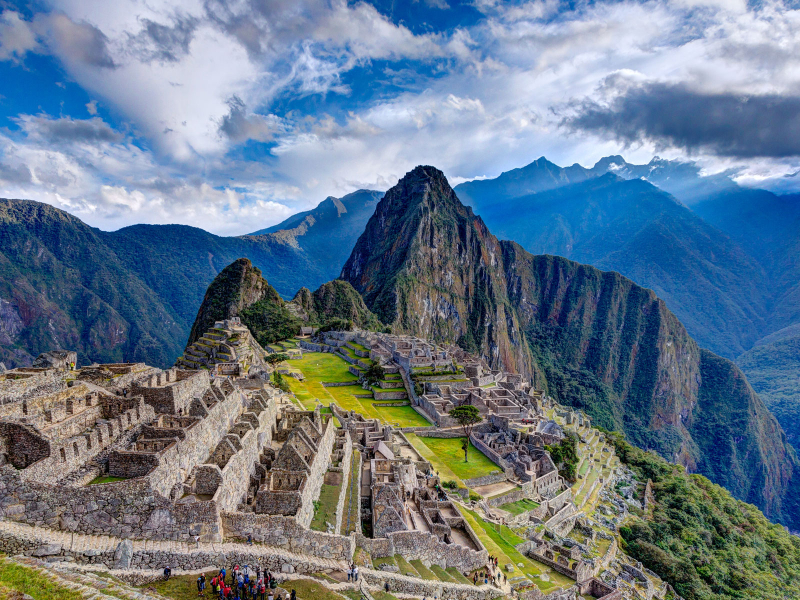Machu Picchu
Machu Picchu, one of the most well-known towns of the old Incan Empire, is a major item crossed off the list of places to see. The Peruvian highlands conceal this ancient fortification. In fact, it was so securely disguised that when Spanish conquerors arrived in the 1500s, they never discovered it. They weren't discovered until 1911 by an adventurer named Bingham, and even that discovery was unintentional. He was really tracking Vilcabamba, another city. A marvel of modern architecture, 60% of the building was likely built below, mostly for drainage and defense.
In contrast to the Maya, the Incas had no written language, and as far as is known, no Europeans visited the site before the 19th century. As a result, there are no records of the site's use in writing. On the basis of physical evidence, such as graves at the site, modern archaeologists have created the names of the structures, their alleged purposes, and their people. Machu Picchu was constructed with polished dry-stone walls in the traditional Inca manner. The Intihuatana, the Sun Temple, and the Room of the Three Windows are its three main buildings. The majority of the peripheral buildings have been rebuilt to better convey their historical appearance to tourists. Today, these walled ruins can only be reached by foot or by train. Don’t miss the secret Machu Picchu Museum for an insider’s look into the Lost City of the Incas.
Location: Eastern Cordillera of southern Peru

















